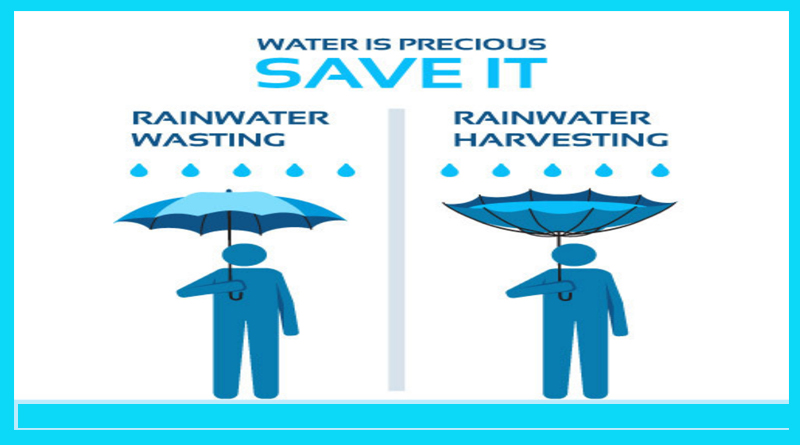By Prasanna Singh
Published on: Apr 17, 2018 @ 16:39
If you have been tracking the media, you couldn’t have missed it.
Dire warnings of an impending water crisis in India. Unfortunately, warnings like this achieve nothing other than creating a fear psychosis in a few people, with little unchanged on the ground. Whats worse, these particular batch of stories have come with no specific dates, making it even more difficult for people to make head or tails of the warnings.
Especially when seen in the context of predictions for a ‘normal’ monsoon today.
As we have already pointed out earlier at
Iamrenew, some part or the other in India is always living through, or on the verge of a water crisis. When compared with established benchmarks especially. So in a way, the water crisis is already here, and by now, we have some experience of what works, and more importantly, what does not. This article is an effort to lay out some of that filtered perspective for you here.
So what should we do, to really prepare for a water crisis?
1. Top of the chart is to admit that the most obvious needs to be done first. That, in India’s case is, Rainwater harvesting. Especially in urban areas. With close to 40% of the population getting concentrated in urban areas, it is absolutely critical that policy support and funding is directed towards ensuring an effective use of our annual rainfall. Much has been written about the
proven benefits, of this, and it is time it was implemented across every single urban agglomeration with a population over 100,000, on priority.
2. Stop with the large projects: For various reasons, starting with the visibility of ‘action’, vested interests, and sheer planning failure, our planners have loved going for large projects to solve our large problems. And water is definitely a very large problem. These large projects, be they reservoirs or dams have frequently needed equally massive massaging in terms of their potential to generate say, power too, to justify the massive impact they have on their environment and local populations. The final report card, after decades of a fervent belief in their power as ‘temples’ of modern India is worse than mixed. Save for a few, the really large projects have failed us. We need to think small, local, and faster.
3. Continuing from above, local involvement is absolutely essential. If one had to point to a weakness with some of our large projects that have failed to solve problems, be it the Narmada project, or even the Tehri dam, it is the involvement of local bodies. We have enough municipal bodies that have shown what is possible when they have a good leadership. Its time to demand more from local bodies in towns and cities, the vast majority of which have become almost defunct, sub contracting the bare minimum work that they are supposed to do. Be it accountability to ensure compliance and support key initiatives like rainwater harvesting, or waste treatment, without the deep involvement of local bodies, things will simply not change.
4. Education: One of the biggest problems everyone has when it comes to India is awareness. Amazingly enough, it takes a crisis to get people to change, until the next crisis comes along. issues like water conservation, waste treatment, plastics pollution and air pollution can no longer be tackled without massive local awareness and education. While we would go as far as recommending special modules on these vital issues at school and college level itself, it is also critical that the government is seen to be fair and act it. That means, no selective ‘rationing ‘ of water when a shortage hits. If that means making a few swimming pools and golf courses go without water too, so be it. People and local representative bodies like RWA’s also need to be told about a crisis well in advance, to prevent panic hoarding, that always leads to more waste and even civil disturbances.

